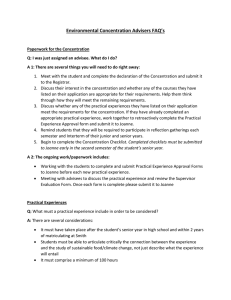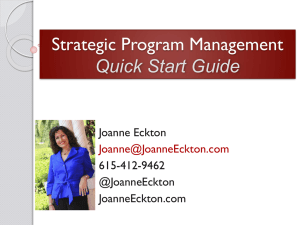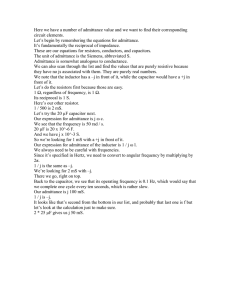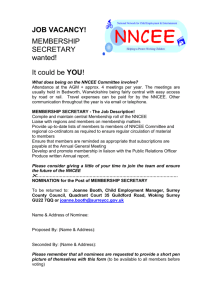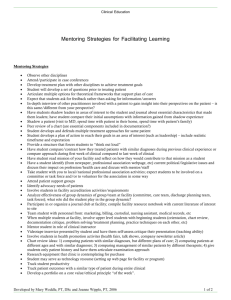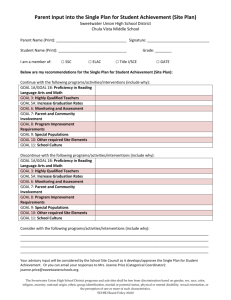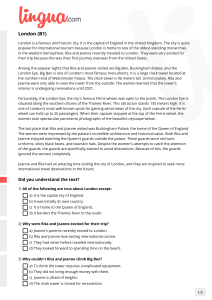Environmental Concentration Advisers FAQ’s
advertisement
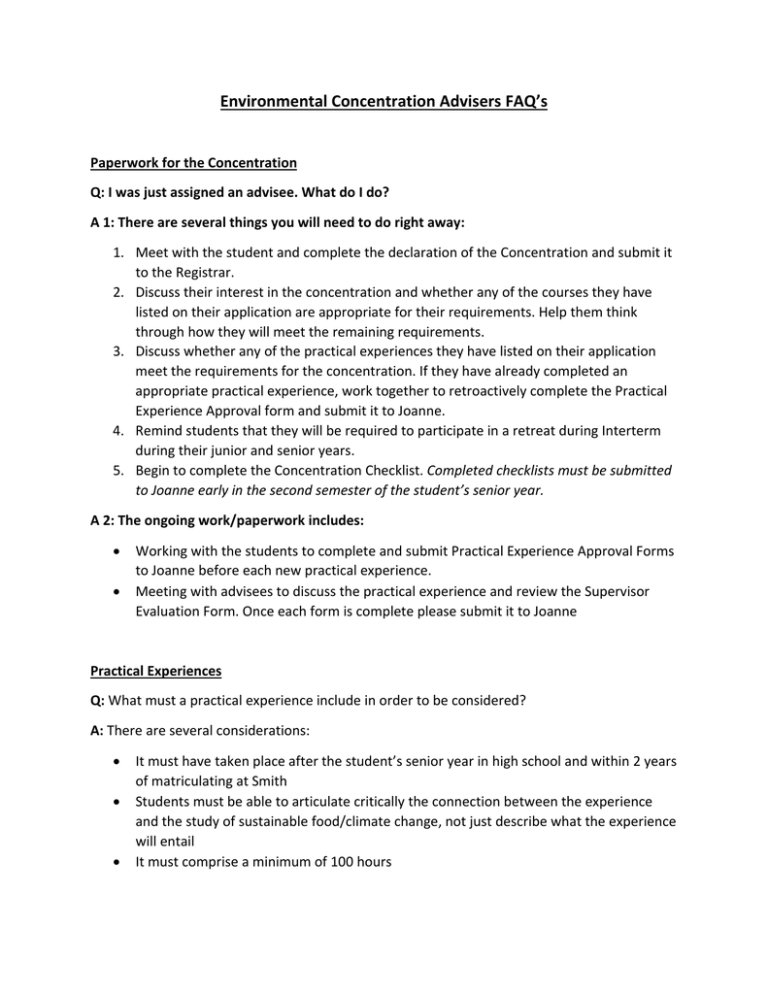
Environmental Concentration Advisers FAQ’s Paperwork for the Concentration Q: I was just assigned an advisee. What do I do? A 1: There are several things you will need to do right away: 1. Meet with the student and complete the declaration of the Concentration and submit it to the Registrar. 2. Discuss their interest in the concentration and whether any of the courses they have listed on their application are appropriate for their requirements. Help them think through how they will meet the remaining requirements. 3. Discuss whether any of the practical experiences they have listed on their application meet the requirements for the concentration. If they have already completed an appropriate practical experience, work together to retroactively complete the Practical Experience Approval form and submit it to Joanne. 4. Remind students that they will be required to participate in a retreat during Interterm during their junior and senior years. 5. Begin to complete the Concentration Checklist. Completed checklists must be submitted to Joanne early in the second semester of the student’s senior year. A 2: The ongoing work/paperwork includes: Working with the students to complete and submit Practical Experience Approval Forms to Joanne before each new practical experience. Meeting with advisees to discuss the practical experience and review the Supervisor Evaluation Form. Once each form is complete please submit it to Joanne Practical Experiences Q: What must a practical experience include in order to be considered? A: There are several considerations: It must have taken place after the student’s senior year in high school and within 2 years of matriculating at Smith Students must be able to articulate critically the connection between the experience and the study of sustainable food/climate change, not just describe what the experience will entail It must comprise a minimum of 100 hours It must draw upon the intellectual capacities of the student (e.g. waiting tables could be argued to relate to sustainable food, but is not appropriate) Must be well supervised with someone with enough relevant expertise to ensure that the internship will be an educational experience Q: How many practical experiences can a student complete before she is accepted into the concentration? A: One Course Guidelines Q: How do I determine if a course can be counted towards the academic core? A: Students must be able to articulate critically the connection between the course and their focus within the concentration. Q: How many courses may be taken prior to acceptance into the concentration and counted towards the requirements? A: The gateway and a maximum of 2 of the 4 electives may be taken prior to joining the concentration. Normally, it is expected that a student will take at least two of the core courses in semesters after admittance to the concentration.” Additional context: - gateway course can be taken before or after admittance - capstone can be taken only after admittance - core courses must span two divisions - core courses must be approved by the concentration advisor (this requirement supersedes the above statement; an advisor may prohibit a prior course from counting or may allow more prior courses to count). Q: How many courses can a student count for both her major and the concentration? A: Three. See Smith website (http://www.smith.edu/classdeans/major.php)
